The New, Improved and (Slightly) Less Expensive Garrick Portsmouth MK2
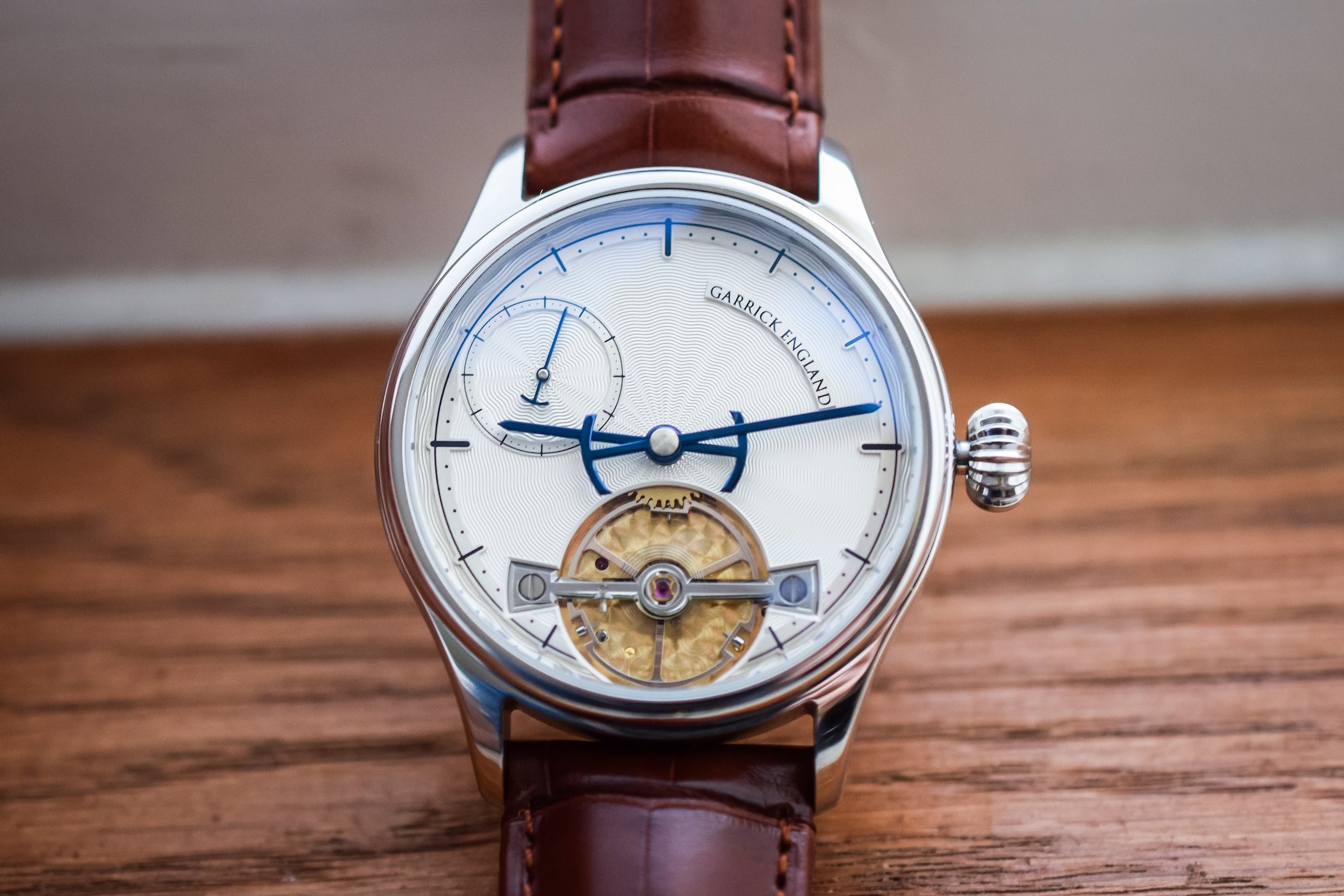
New hand-turned dials, improved case finishes and the same proprietary mechanical movement, all assembled by hand in England – there’s a lot to like about the new Portsmouth MK2 by Garrick. The fact that the brand has also been able to reduce the price while simultaneously increasing the quality is also a big selling point. More understated and refined than its predecessor, but still resolutely British in its design and construction, we recently had the opportunity to spend some hands-on time with the new Portsmouth MK2. Here’s what we thought.
A Brief Background
By now, most regular readers of MONOCHROME should be familiar with British-based watch brand Garrick. We’ve covered the company and its British-made watches several times before and have never been able to fault the quality or the passion that go into creating each one. That said, Garrick is a niche brand and has a very specific appeal to a very small section of the market. These are not, and not intended to be, watches for everyone.
In November 2016, the company debuted its Portsmouth timepiece at SalonQP in London (see our hands-on review here). Overall the watch was well received – in spite of its questionable ‘England’ engraved dial – however, there was still room for further improvement and watch fans and industry observers alike wasted no time letting the brand know it. Internalising the feedback received from the market – some polite, some not so much – Garrick introduced the next iteration of the Portsmouth, the Portsmouth MK2, late last year. Today, we’re taking a closer look at this new watch, including what’s changed and what’s stayed the same.
The Garrick Portsmouth MK2
The first thing I noticed when I had the new Portsmouth MK2 in my hands is that the 316L steel case looks and feels noticeably more refined and has a nicer finish. The reason for this, David Brailsford, founder of Garrick, told me, is because the company is now using custom jigs to finish and polish the cases on both a linishing machine and mop, resulting in a superior finish and a more refined bevelled edge to the cases. This added contrast, coupled with curved lugs, gives the 42mm case the impression of being a bit smaller, which I found quite attractive.
The real drawcard though, for me at least, is the gorgeous new dials, which according to Brailsford, cost approximately £1,000 each to make and finish. Hand-turned on a rose-engine lathe, each dial displays the artisanal craft of hand guilloché to stunning effect. Available in your choice of blue, grey or silver (silver being the colour of the dial shown here), the dials are paired with polished, grained or thermally-blued, marine-shaped hands, depending on the prospective owner’s personal preference. As with just about everything on this watch, the hands are made in-house by Garrick in Britain. You’ll also notice that the dial cartouche, or nameplate, has been dramatically reduced in size, which was a primary criticism of the previous model.
Hours and minutes are displayed centrally, whilst running seconds are shown on a sub-dial at 10 o’clock. Just above 6 o’clock, a large cut-out reveals the free-sprung Trinity balance, made from an anti-magnetic metal alloy called Sircumet. The prominent balance bridge, mirror polished and hand-chamfered in-house, coupled with the constant oscillation of the free-sprung balance is unquestionably eye-catching. I certainly received a number of compliments when I wore the watch around town from curious onlookers who politely requested a closer look (this is Britain after all).
What hasn’t changed is the use of the brand’s exclusive UT-G01 calibre movement, which was designed by famed Swiss watchmaker Andreas Strehler and his company Uhr Teil AG. Its components are made both in Switzerland and the Garrick workshops in the UK, however, all parts are hand finished and plated in the Garrick workshops before being assembled, finished and regulated by English watchmaker Craig Baird. Visible through the sapphire case back, the architecture of the movement features traditional “English-shaped” bridges with a frosted finish and bevelled edges, again all done by hand.
Tested and regulated to ensure a daily variance of +3 seconds, the movement is wound via the onion-shaped crown and offers a maximum power reserve of around 45 hours. As with earlier models, the Portsmouth MK2 is offered on an alligator or premium leather strap and is water-resistant to100m.
The last change, which I think a lot of people will be interested in, affects the price. A lot of people criticised the original Portsmouth for being too expensive, particularly for a time-only watch, at GPB 14,995 excl. VAT. Whilst there may be some merit to those assertions, they do often seem to overlook the fact that the watch is made entirely by hand, a not so cheap undertaking.
Regardless, Garrick has looked to address this issue in part by taking on an additional watchmaker, allowing the brand to make more watches (relatively speaking) and therefore spread the cost of production more widely. In light of this, the company has chosen to drop the price to GPB 9,995 excl. VAT (approx. EUR 11,350), which I’m sure you will agree is not an insubstantial decrease. Certainly, I think you will find it difficult to find a comparable, truly hand-made watch of this calibre at a similar price point, especially one that offers the level of customisation that the Portsmouth MK2 does.
For more information on Garrick and the Portsmouth MK2, please visit the brand’s official website.

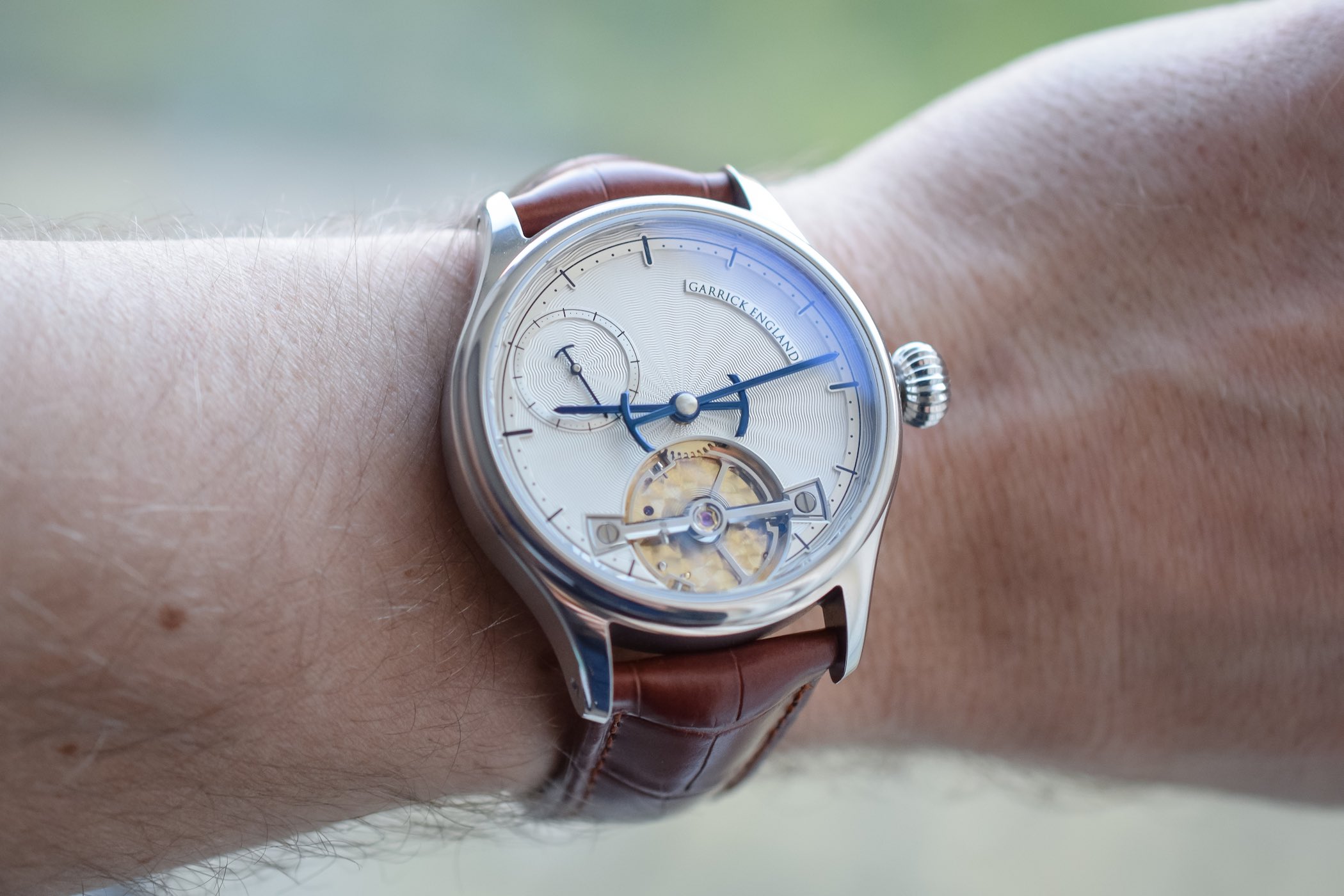



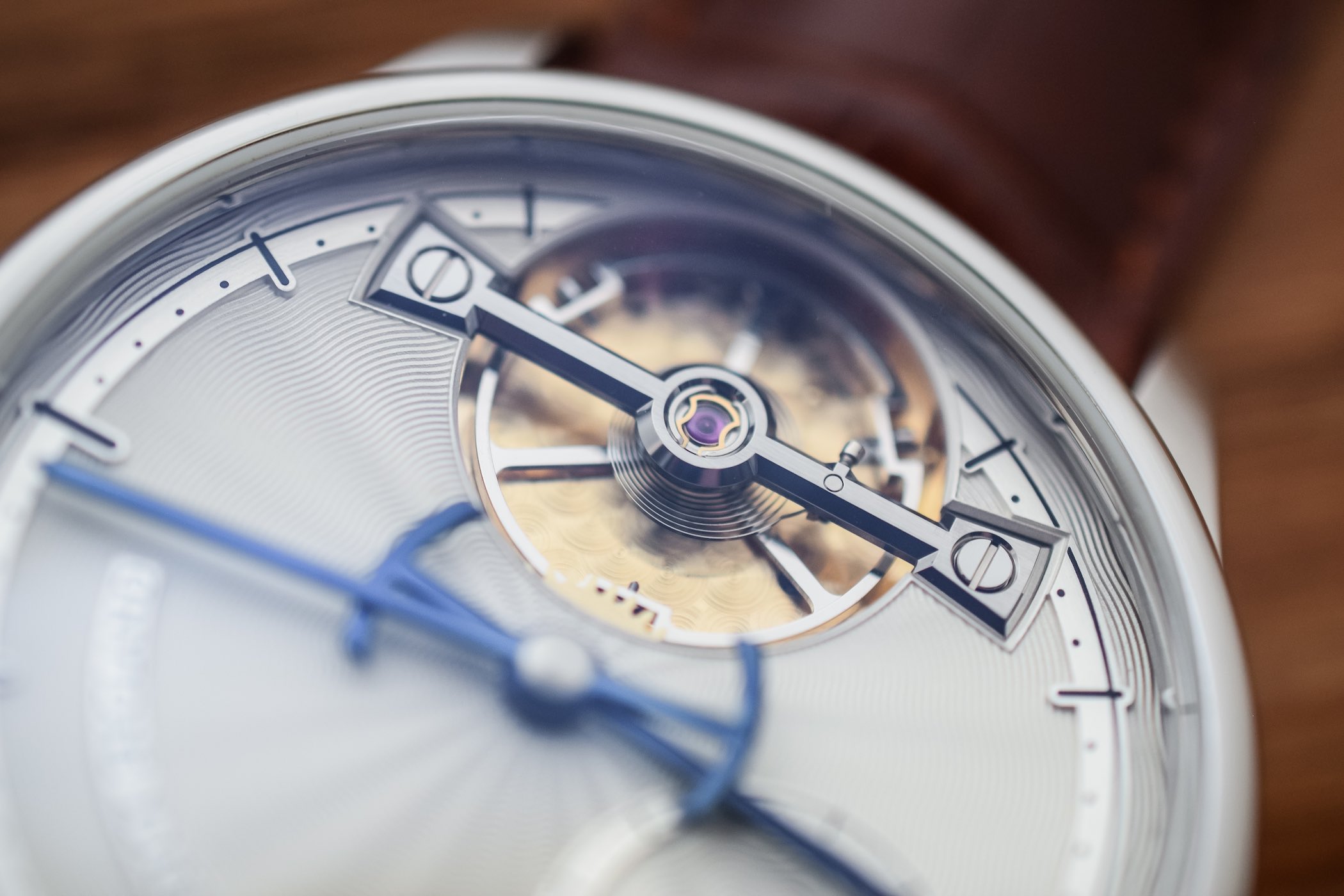
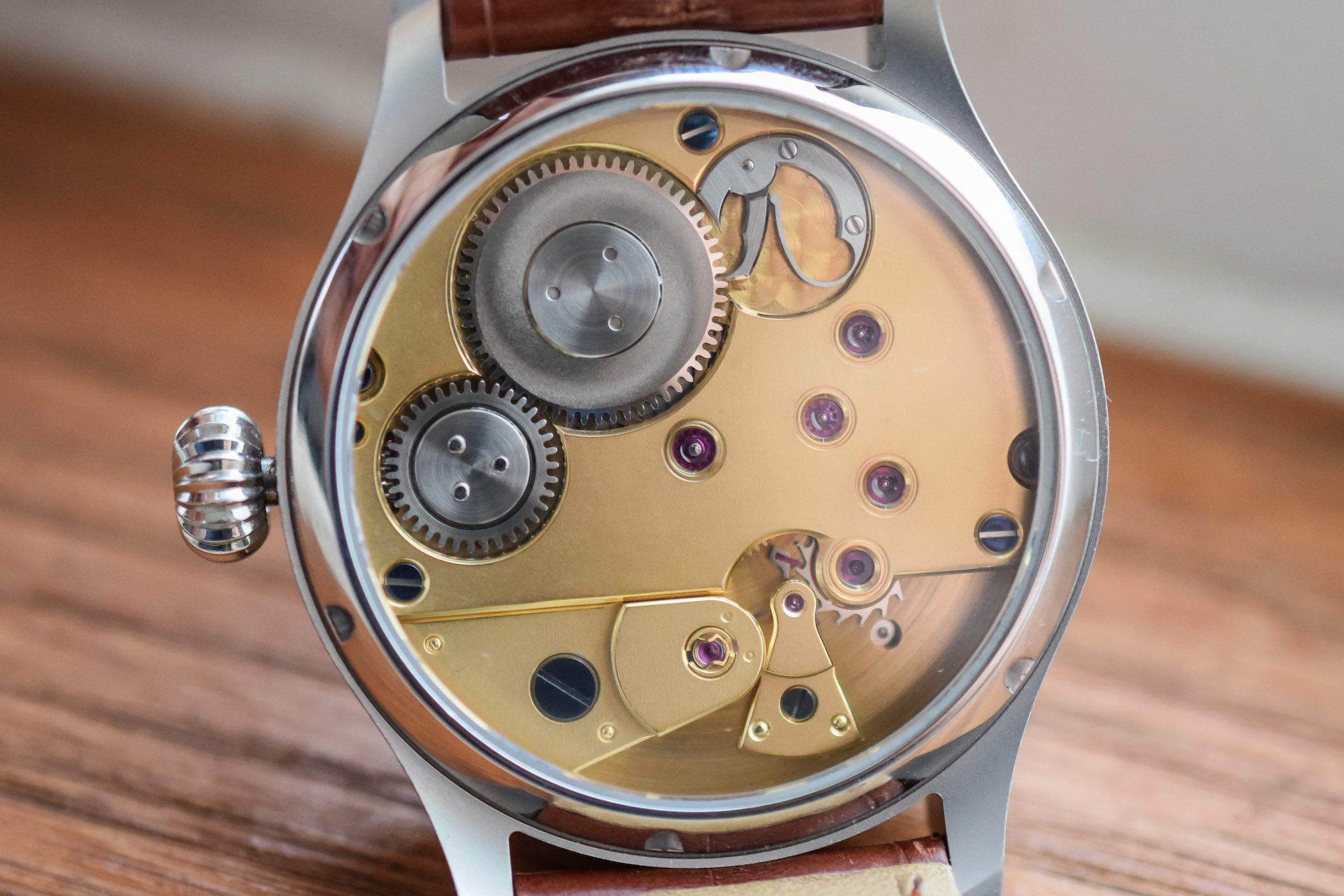
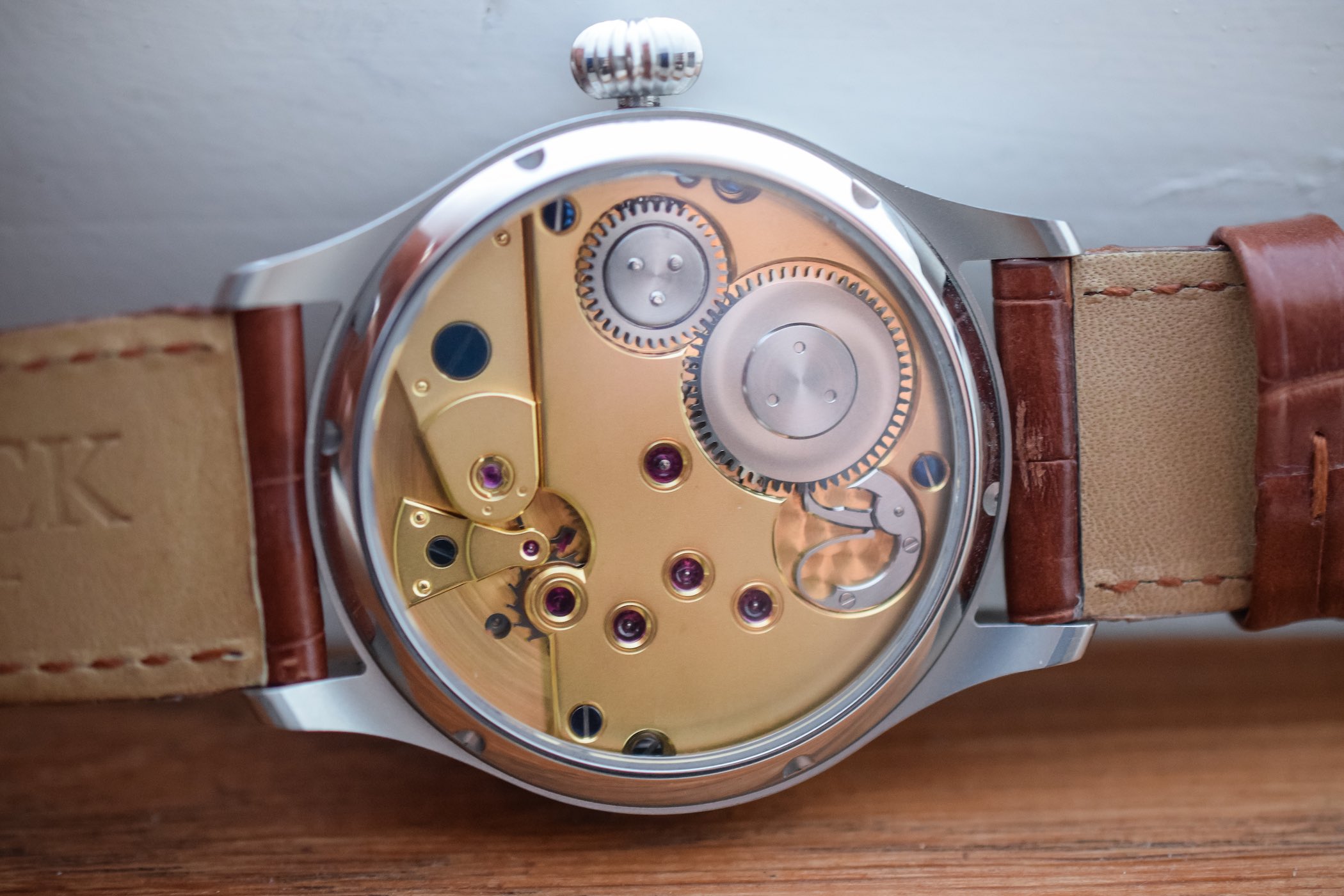
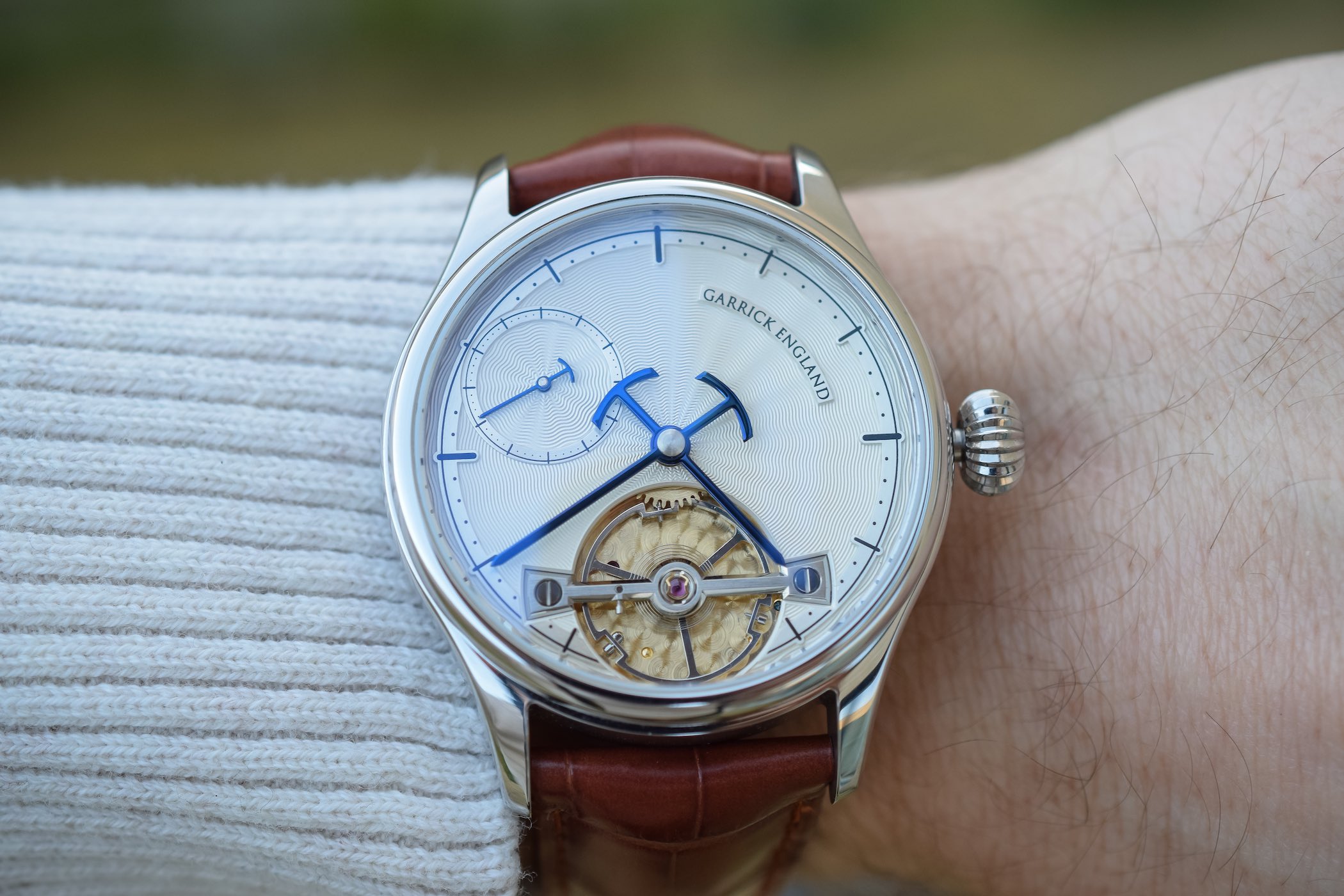



3 responses
What happen to those who paid more for the previous, inferior version?
Hi Albert, thanks for your comment, although I think it’s a little unfair in an industry that has been around for centuries and is largely based on the constant evolution and improvement of core models and collections. This is not the first mechanical watch to be improved upon and it certainly won’t be the last.
Cheers,
Tom
Hi Tom,
Appreciate the reply and I certainly agree with you in general. But in this case it is basically still the same watch, I suspect the price drop is at least partially due to low demands. I really quite like the Portsmouth when it first came out but found the size and the price both a tad large for me personally. But if I was an owner who paid 15k or more pounds for the initial version, now seeing this slightly improved version for 50% off, I would not be too pleased ….
Best,
Albert